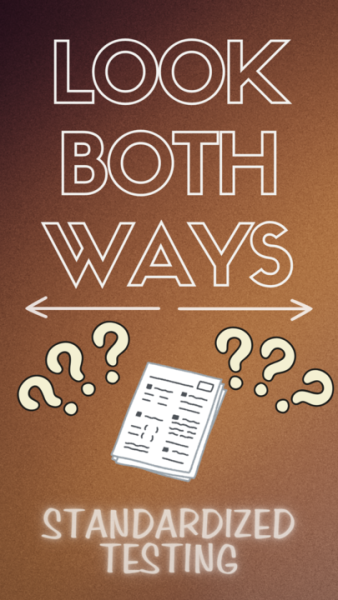Weekly Gripe: Checkpoint traffic video is misleading
September 23, 2014
A controversial video showing a DeKalb resident being pulled over for a weekend traffic checkpoint doesn’t provide the evidence of unlawful seizure it claims to.
DeKalb resident Ryan Taylor’s video shows his interaction at a safety traffic checkpoint on Annie Glidden Road. The video, which was released over the weekend, has spurred much debate among its viewers over the interaction between Taylor and the authorities. In the video, Taylor asks officers if he is being detained before saying the traffic checkpoint violates his rights.
“This was Illinois State Police conducting the unconstitutional searches,” Taylor writes in a Facebook post.
After Taylor refuses to show his identification, an officer aggressively swings open Taylor’s car door open and demands Taylor exit the vehicle. Taylor then shows the officer his license and proof of insurance.
While the video demonstrates the officer’s confrontational manner, the video is misleading and doesn’t have enough information.
Based on his video, Taylor’s claims of an unlawful seizure are incorrect due to the 1990 Supreme Court ruling in Michigan Department of State Police v. Sitz. The ruling states the “case poses the question whether a State’s use of highway sobriety checkpoints violates the Fourth and Fourteenth Amendments to the United States Constitution. We [the justices] hold that it does not … , we therefore hold that it is consistent with the Fourth Amendment.”
If Taylor believes he was unjustifiably being searched, then the debate belonged in a courtroom where real change and revised legislation could occur and not during an easily preventable confrontation with police.
If the video’s intent was to document state police violating the Fourth Amendment, Taylor doesn’t provide sufficient evidence of what occurred before he started recording. The video only shows the interior of the vehicle — not how police conducted the checkpoint. The video only proves a police officer lost his temper.
Taylor’s inflammatory attitude prodded the officer’s nerves and the angry officer demonstrated unprofessional misconduct. Both acted irresponsibly.













